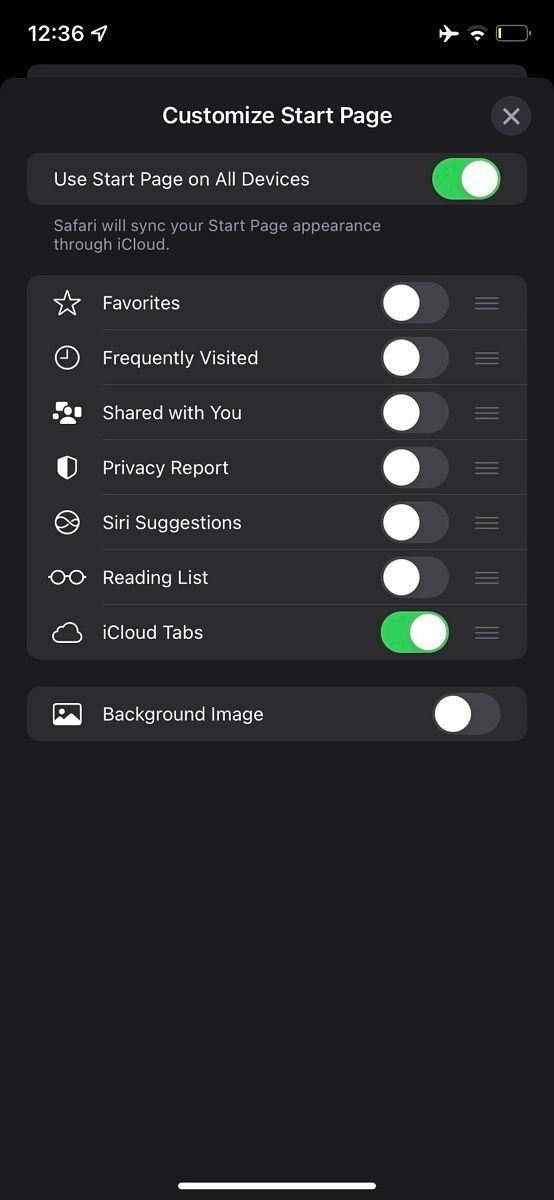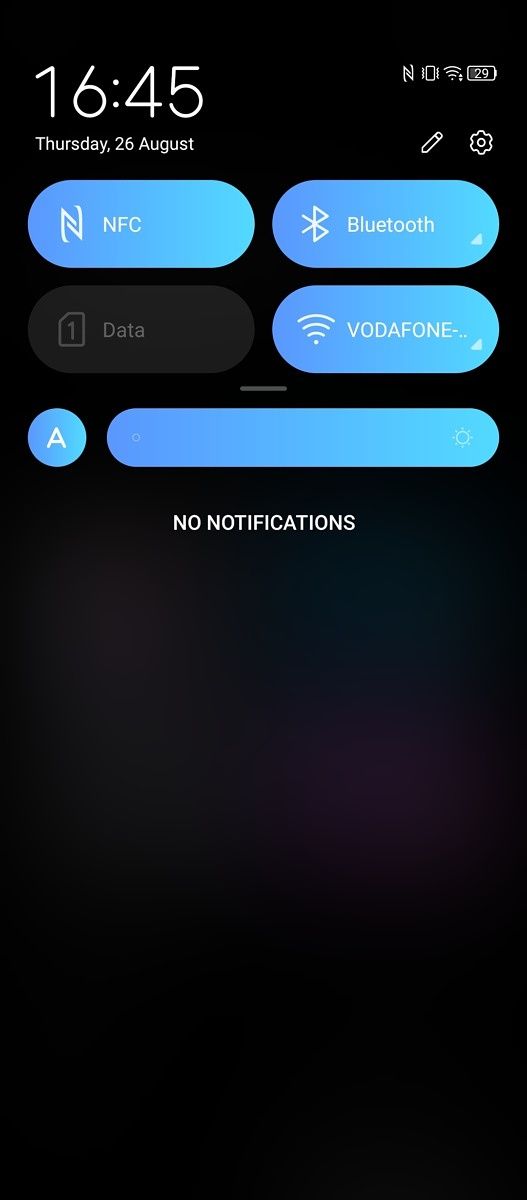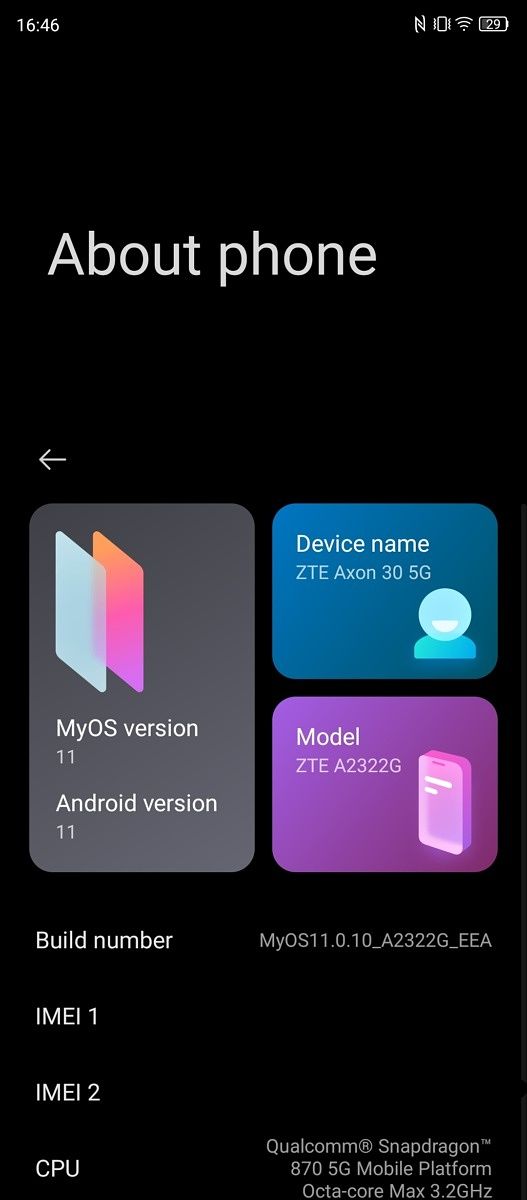iOS 15, Apple’s upcoming update to its widely used mobile operating system, was unveiled in early June during the opening WWDC21 keynote. This update comes packed with both notable and tiny changes across the OS. However, it left some of us disappointed due to missing features we’d been hoping for. For what is a full version bump, iOS 15 is a small upgrade, relatively speaking. While it includes new features that make life slightly easier and more organized, it’s been considered underwhelming by some avid users.
Below are three features we really love about this upcoming version of iOS. They’re followed by three we’re disappointed Apple hasn’t added yet.
The Yays
FaceTime
iOS 15 brings powerful additions to what used to be a simple and limited video calling app. This version allows scheduling and sharing FaceTime meeting links. They can be accessed from a web browser on almost any device, including Windows computers and Android phones. It’s an unprecedented move by Apple – the company notoriously known for its walled garden approach – but it was inevitable in the era of COVID, remote work, and calls. While FaceTime isn’t as feature-rich as Zoom and Google Meet, it can now make its privacy-focused approach to video conferencing available to a bigger audience. There’s an argument to be had on how well implemented Android and Windows support is, but we’re taking this one step at a time.


This facelift to FaceTime also comes with a Portrait Mode video effect for iPhones with the TrueDepth Camera (i.e. the ones with FaceID). That’s in addition to microphone mode controls (Standard, Voice Isolation, and Wide Spectrum) that make joining calls in noisy environments more doable. Note these camera and microphone effects can be used system-wide and implemented by third-party app developers.

Smart keyboard suggestions for FaceTime links are another small but handy addition to the app. Assuming you’re using Apple’s keyboard, you can type “video call” in any messaging app – or in a text field in any other app, but the feature makes more sense when chatting with people – and the keyboard will suggest a FaceTime link to insert straight into your message. This allows you to effortlessly invite someone you’re texting to a FaceTime call, without having to open the FaceTime app and create a link manually.
Another significant addition to FaceTime is SharePlay, which allows users to enjoy music, TV, and other content together. They can control each other’s Apple Music queues, watch Apple TV+ originals, or share what’s displayed on their phones’ screens. It also has an API that developers of third-party apps can implement to support the feature. While SharePlay will not be available in iOS 15 right on launch, we still expect to see it arrive in the coming weeks.
Safari
Apple’s native browser becomes more useful than ever in iOS 15 thanks to the introduction of third-party extension support. While Safari on iOS still hasn’t fully caught up with that of macOS (lack of website notifications support, for example), it’s one step closer to achieving that goal.
iOS 15 also redesigns Safari, introducing a Start Page with customizable, relevant content and wallpaper support. It moves the top website address bar to the bottom as well, making it more accessible for one-handed use. A welcome pull-to-refresh gesture has been added, and the top and bottom safe areas of the iPhone screen adapt to the colors of visited websites and switch colors accordingly.



Tab Groups make organizing and separating your work and personal lives easier than before. With dedicated groups for whatever topic/category, we can add as many relevant tabs to a group to make switching from a workspace to another a fast, effortless process.
Weather
The Weather app on iOS finally gets some love from Apple with iOS 15. It gets a modern icon and user interface, as well as new air quality measurements from BreezoMeter in supported regions. It’s still not available on iPad or Mac, due to reasons best known to Apple.

The redesign also adds new background animations to match almost every possible weather condition, regardless of the time of the day/night, in addition to a refreshed widget.


The Nays
Music app needs some tweaks
It’s 2021. Users will literally be able to control each other’s queues remotely with SharePlay this fall, yet for some unknown reason, Apple still hasn’t implemented an equivalent to Spotify Connect that would let us control music playback from any device signed in to the same Apple ID.

Additionally, the obstructive pop-up, whenever a song/playlist is added/removed to the library/queue, needs to go. But considering it took Apple over a decade to remove the similar volume pop-up, I wouldn’t be surprised if we don’t see this behavior changing anytime soon. It would also be nice to have lyrics available for offline viewing when downloading a song; it’s an insignificant text file that wouldn’t have any effect on devices’ storage.
Let us choose more default apps
Having a choice only when it comes to setting default email and web browsing apps is nowhere near enough or satisfactory. With antitrust lawsuits hitting the company, it was expected Apple would expand default app support to music and maps, but that’s nowhere to be found. Users can now teach Siri which music app they prefer, but that still doesn’t make it a default one.

Mail and Messages need more competitive features
Compared to similar apps and rivals, Mail and Messages lack a lot of features. Starting with Mail, many options available on the web version of iCloud Mail are nowhere to be found on iOS, such as vacation auto-replies, aliases, and more. Plus, the iOS app feels and looks too simplified when compared to the Gmail app and its functionalities.

As for Messages, it needs to catch up with IM apps. Despite some welcome changes in iOS 15 (photo collages and “Shared with you” sections), the app is still nowhere as feature-rich as popular instant messaging apps such as Telegram and WhatsApp. The indexing of old messages is broken, loading older content takes ages, and searching through them is a pain.
Despite not being a major update, iOS 15 still brings noticeable changes that make iOS more useful — custom Focus modes, live text selection, redesigned notifications and their summaries, etc. We can only hope Apple adds some (or, wishful thinking, all?) of the features on our wishlist with iOS 16 next year.
iOS 15 is currently available in beta for both developers and public testers, and is expected to be released publicly this fall, in mid to late September after the new iPhones announcement event. iOS 15 will run on all devices that currently support iOS 14 (that’s a whopping 7 year software support for the iPhone 6S, so far).
The post Three new iOS 15 features that we love, and three changes that we’re still waiting for appeared first on xda-developers.
from xda-developers https://ift.tt/3npQJDB
via IFTTT





































